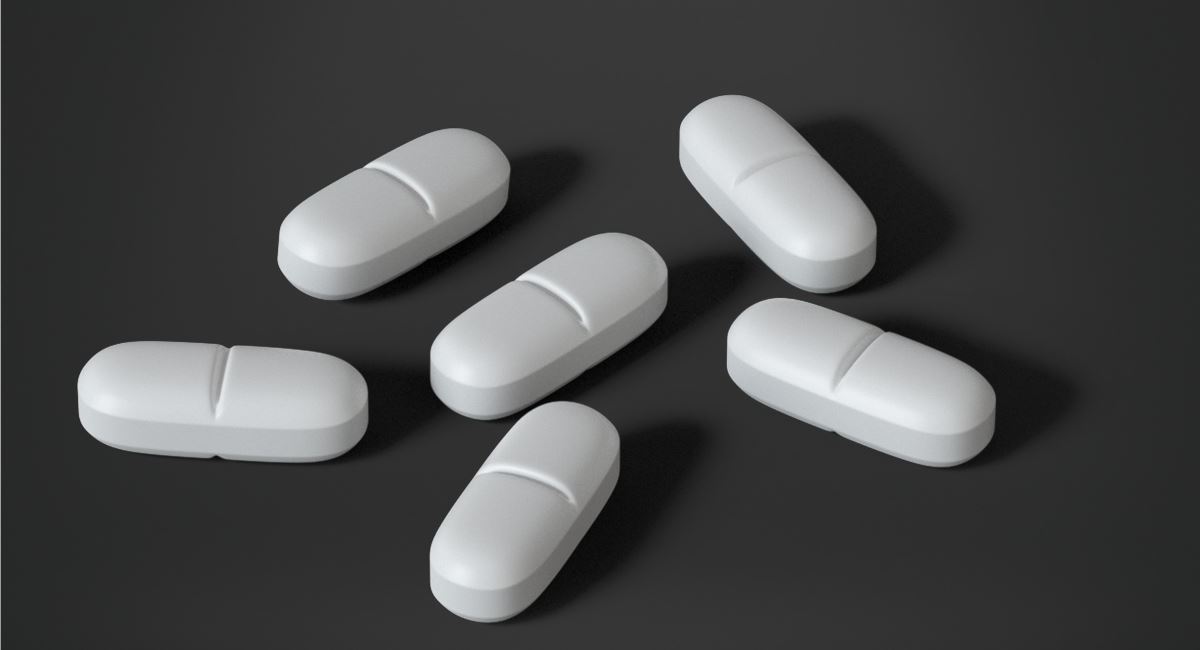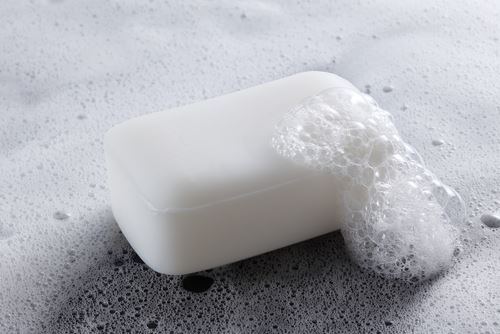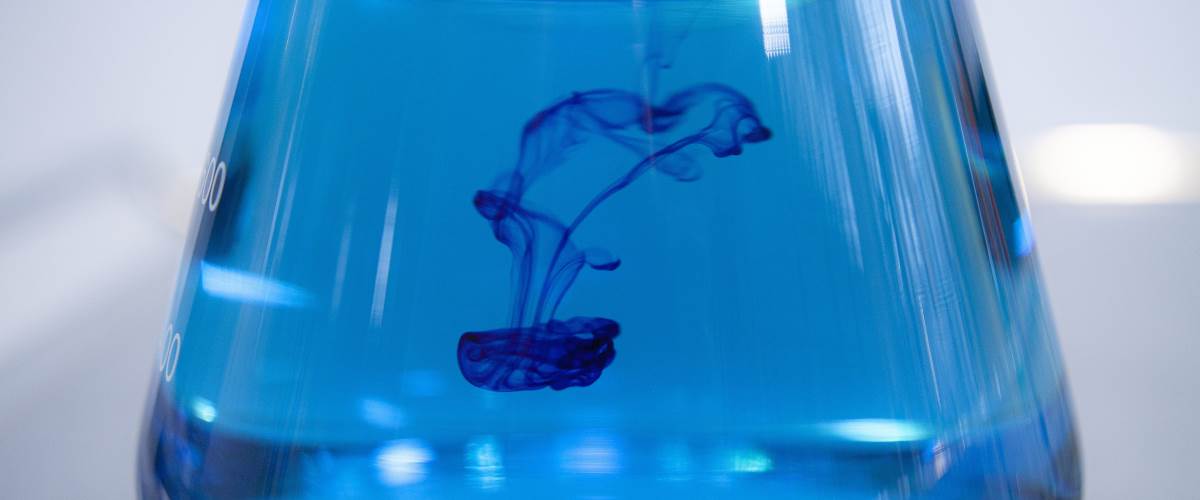Are there any remedies whose effectiveness is questionable?
What definitely didn't work for me.
Heavily promoted in the media, but its significant benefits are not sufficiently proven.
Taking a high-quality cranberry product unfortunately did not prevent the recurrence of the infection for me.
Well-intentioned, but unfortunately a misconception.
I always thought that if everything "down below" is super clean, fewer bacteria would be around. Wrong conclusion!
The benefits are only short-lived, and long-term success is usually absent.
In my worst phase, I was treated with short-term antibiotics about 12 times a year.
Recently, methylene blue appeared in a Facebook group as a remedy for bladder infections. In the eponymous book by Mark Sloan, the synthetic substance is touted as the "Blue Miracle."
After thorough research, I want to warn against self-medication.

Cranberry
SupplementCranberries are said to have a smoothing effect on the bladder wall, thereby preventing harmful bacteria from "clinging" to it.
Personally, cranberry products did not help me with acute infections. My urologist also stated that the effectiveness of cranberry products is not sufficiently proven. Actually, I was quite pleased with this as I’m reluctant to take supplements unless absolutely necessary. Therefore, I decided to stop using cranberry products.
Sometimes cranberry products are recommended for the prevention of bladder infections. However, it remains unclear whether cranberries can actually prevent bladder infections. The existing studies show contradictory results. And even if there is a benefit, it is small.

Constant Antibiotics
MedicationsAntibiotics can quickly relieve symptoms and eliminate the inflammation in bacterial bladder infections by killing the bacteria. This sounds promising at first, but firstly, antibiotics are not always necessary, and secondly, antibiotics do not come without side effects.
A simple urinary tract infection usually only affects the lower urinary tract and the bladder. In two out of three cases, the inflammation subsides on its own.
In a new study by the University of Göttingen, 500 women were treated, half of them only received painkillers.
Two-thirds of these women healed without complications.
However, antibiotics often have side effects such as digestive disorders, skin rashes, and yeast infections in the vagina. Additionally, frequent use of antibiotics increases the risk that bacteria become resistant to antibiotics and the medications no longer work (resistance development).
Repeated use of antibiotics destroys the protective bacteria in the "urobiome" (protective microbial colonization in the bladder lining). Antibiotics are very helpful and necessary for severe bacterial diseases. However, antibiotics cannot differentiate between good and bad bacteria, which are "just" in the wrong place. Unfortunately, it often doesn’t help to take antibiotics again, as they continue to damage the bacterial flora in the body. A disrupted bacterial flora paves the way for harmful pathogens, everywhere in the body.

Excessive Intimate hygiene
Personal careI understand you, I would also like to smell like roses down there... but disinfecting / perfumed washes and aggressive soaps are an absolute no-go, as they disrupt the healthy defensive function of the vaginal flora. The vagina has a natural self-cleaning function, so water is generally sufficient for optimal intimate hygiene. As an alternative, I recommend using an intimate care foam.
Daily panty liners – Out of fear of bacteria, I wore panty liners for a while. The result was that it didn't help with bladder infections, but instead, I now suffer from an adhesive allergy.

Methylene blue
Medication / SupplementSynthetic methylene blue (Methylthionium chloride) is an old malaria drug, but it has a much older history as a failed psychopharmaceutical, a proven antidote (=antidote), and antiseptic (=disinfectant). Although it was once a hopeful candidate against Alzheimer's, Alzheimer’s researcher Roland now advises against methylene blue.
For some time now, it has been touted as a remedy for various ailments, including in the book "Methylene Blue" by Mark Sloan.
A dose of under two milligrams per kilogram of body weight is considered safe (that’s a maximum of 120mg for a 60kg person). However, many of the products available online often lack dosage and quantity information. The reason for this is that methylene blue is not approved as a food or supplement in Germany and the EU. It may only be sold as a "laboratory chemical and for decorative purposes." Moreover, Facebook groups often contain arbitrary and highly experimental dosage recommendations.
In fact, there is a Brazilian study on the prophylactic use of methylene blue before starting an antibiotic for a urinary tract infection. But firstly, the study administered methylene blue (=methylthioninium chloride) together with other substances such as methenamine (methenamine is an effective UTI treatment, e.g. Hiprex®, but no longer approved in DACH). Secondly, the study was sponsored by Laboratório Gross S.A., which markets two drugs in this context, Sepurin® (methenamine + methylthioninium chloride) and Cystex® (acriflavine hydrochloride + methenamine + methylthioninium chloride + Atropa belladonna L).
Medwatch claims that the dye is not the solution for Alzheimer's. And I claim that its usefulness for UTIs is equally doubtful and users of potentially dangerous self-medication with questionable products from online shops are at risk.